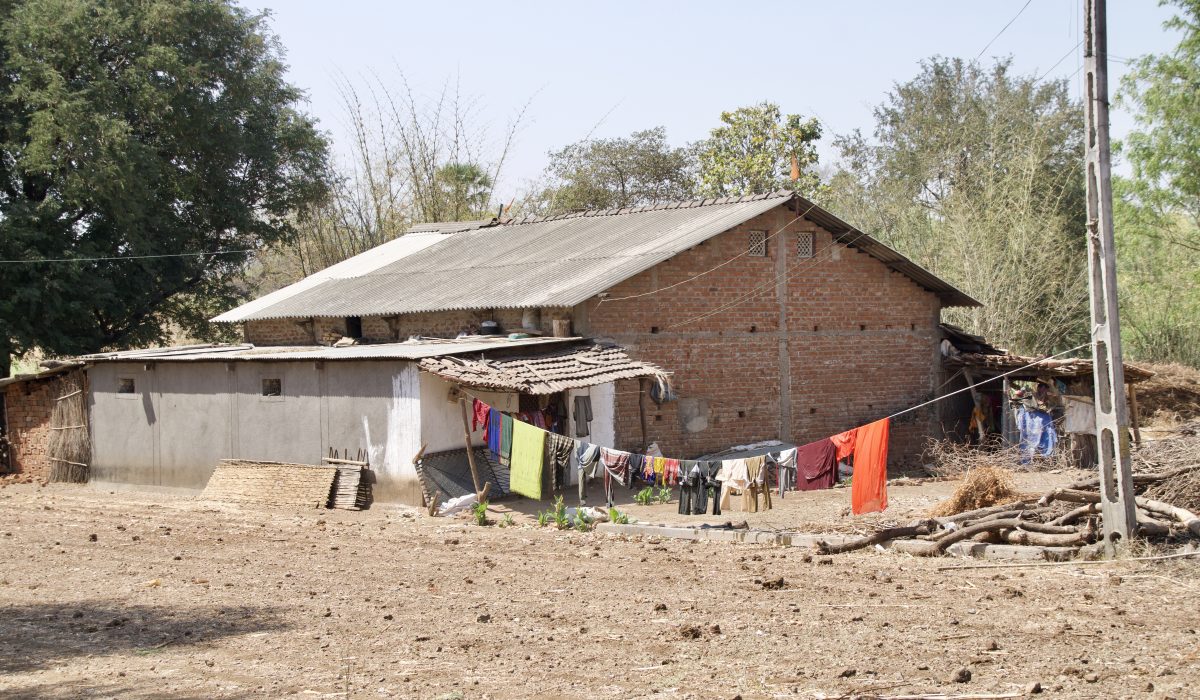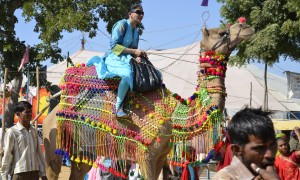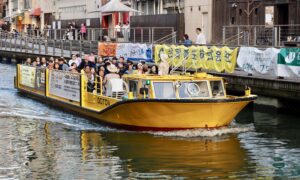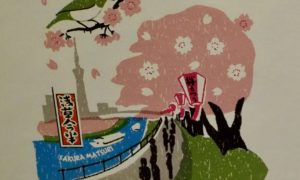“There are no new places to visit. Tauck Tours has run out of destinations.” This was a statement made recently at my book club by a member talking about the future of travel.
At the time I was a little skeptical, but it stuck in my mind. Recently on a trip to India I visited a place that my guess is that Taulk Tours hasn’t yet discovered. Nothing wrong with that but for me it was fascinating. Traveling with the Jim Cline Photography Tour, I journeyed to Kavant—a small town in eastern Gujarat where the Rathwa tribal people live.

I love visiting remote, isolated places where people go about their daily lives providing for their families, living lives very different from my own. Seeing first hand that in many basic ways we are all the same in the love of our families and friends, cherishing relationships.

We visited some of the small hamlets of Rathwa tribes in the area. I worried a bit about intruding and discussed this in a recent blog post called “Did you feel like a voyeur?” Quick answer is no. Our local guide told us that we provided more entertainment for the local people than we could imagine with our strange clothes, cameras around our necks and our interest in their lives.

I loved the experience meeting people like this woman. We traded stories through the local guide and I learned that like myself she has three grandchildren. She lead me to the small temple in the village—the size some walk-in closets in middle class neighborhoods in the U.S. Her pride was palpable even though we couldn’t communicate with words.

I was amused to see the satellite dish on the roof. Odd juxtaposition in a place where people live in homes with dirt floors, no running water and a very basic level of comfort.


Water was obtained from a village pump and dishwashing happened in front of the homes.


Here’s a basic kitchen in one of these homes. As you can see everything is well organized and clean.

The people were so welcoming. They seemed happy to have us take pictures, posing endlessly. I wished I had some way of providing prints for them to keep.
We experienced snippets of every day life including having to jump out of the way when small animals raced down the main path in the village after grazing in a nearby field. I also saw a man with his still. He made wine in the area behind his home. He seemed quite proud of his operation. This is interesting because Gujarat is a “dry” province.



Probably one of most interesting sights were the Pithora Paintings in some of the homes. The Rathwa people worship Pithora, their ancestral God and paint their mud walls beautifully depicting Pithora and scenes of every day life. These paintings find their roots in cave paintings, thousands of years old.
They typically include the seven horses representing the seven hills in the area. Things like fields, trees, farms, wild life, birds, sun and moon are present along with other elements of Rathwa life. The painting process takes several days. The Rathwas hold a celebration of song and dance when one is completed.
We learned that one person in the village was appointed to learn how to do this painting while everyone in the group showed measurable pride of this colorful religious artwork. I don’t know who had more fun–us taking photos or the villagers watching us capturing images of their culture.




















Comments
6 CommentsPeggy DePersia
Oct 2, 2017Fascinating!
The leading image of the young girl reminded me of the iconic image of a similarly young girl that appeared on the cover of National Geographic decades ago. It is a lovely photo with wonderful light.
mary lockrow
Oct 2, 2017absolutely stunning…..how much we can learn by just sharing our lives with others.
smithsj
Oct 3, 2017Mary, I appreciate your comment. Yes, we can learn so much. I agree.
smithsj
Oct 3, 2017Thanks, Peggy, for your nice comment. Much appreciated.
richard Edelen
Oct 3, 2017Very nice Susan , Your photos and the explanation of their lives are great.
smithsj
Oct 3, 2017Thanks, Rick. I appreciate your comment. It was a special experience to share the lives of the Rathwa people, even for a brief time.